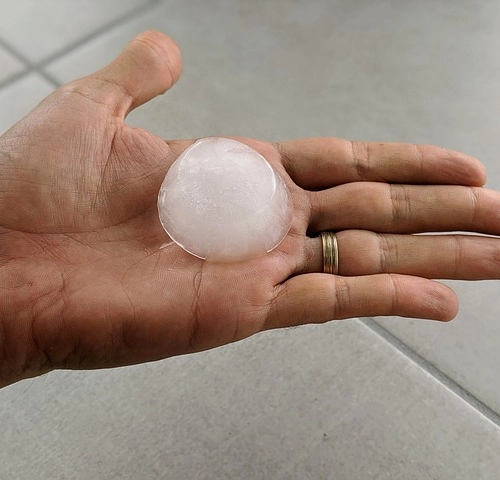
We define heat transfer as the transmission of a flow of energy in the form of heat from one body to another. There are different mechanisms to transfer heat, but in all of them heat travels from the hot body to the cold body according to the second law of thermodynamics.
Heat transmission plays a crucial role for the development of life on Earth. We find many examples of heat transfer in our daily lives. Likewise, it is also very important in many industrial processes.
Heat transfer mechanisms
There are three types of heat transfer: conduction, convection and radiation:
- Transfer by conduction : Heat conduction occurs when two objects at different temperatures are in direct contact. Heat passes from the hot object to the cold object through the points of contact.
- Transfer by thermal radiation : This heat transmission mechanism occurs through electromagnetic waves and can be transmitted through a vacuum. The amount of heat transferred depends on the wavelength. This is the way in which solar radiation travels through the Solar System.
- Heat transmission by convection: The convection process is carried out through an intermediate medium that transports energy, normally liquids and gases such as air or water.
Conduction transmission
 Transfer by conduction occurs when two substances are in direct contact and there is a temperature difference.
Transfer by conduction occurs when two substances are in direct contact and there is a temperature difference.
Heat flows from particles with higher kinetic energy (temperature) to less energy-rich (colder) particles. The heat flow depends on the temperature difference over the distance (the temperature gradient) and the internal resistance to heat flow of the relevant material, which is called thermal conductivity or coefficient of thermal conductivity. This principle is expressed in Fourier's law.
Example of thermal conduction
An example of heat transfer by conduction is when we touch a piece of ice with our hand. The cold we feel is because we are transferring heat from our body to the ice.
Radiation transmission
Transfer of thermal energy by radiation. This is the transfer of heat between two bodies that are not in contact with each other without using an intermediate. One body is hot and therefore emits a lot of electromagnetic radiation and therefore loses heat, and the other body absorbs some of the incoming radiation and converts it to heat.
Example of heat transfer by radiation
An example of radiation transmission is ultraviolet radiation that comes from the Sun. Solar energy is transmitted through space through electromagnetic waves.
Convection transmission
Convective heat transfer is the transfer of heat through the displacement of a warm liquid or a hot gas, or a cold liquid or a cold gas. When heat entrains the flow, the extent of the flow can be expressed by the heat transfer coefficient.
There are two types of thermal convection:
-
Natural convection occurs without any artificial help. The movement of the fluid is produced by differences in density due to the difference in temperature.
-
Forced convection occurs when fluid movement is carried out through some artificial mechanism such as a water pump.
Example of heat transfer by convection
An example of heat transfer by convection is the operation of a fan. When the fan is running, the circulating air takes away the hot air that is in contact with the skin and replaces it with cooler air.
Another example of convection occurs in a hot shower. The electric heater heats water by increasing its thermal energy. The hot water travels through the pipes until it reaches the shower, it falls on us, transmitting the heat.
Related laws of physics and thermodynamics
Heat transfer is governed by several fundamental laws of physics and thermodynamics.
First, we highlight Fourier's law of thermal conduction describes how heat spreads through a solid material. The greater the temperature difference between two points, the greater the heat transfer rate.
Convection, another heat transfer mechanism, follows the laws of fluid physics, where the density and temperature of the fluid affect heat transfer.
Finally, thermal radiation is governed by the Stefan-Boltzmann law, which states that the radiation rate is proportional to the fourth power of the absolute temperature.